Home>Storage Ideas>Kitchen Storage>This Kitchen’s Two Pantries Is A Blueprint You’ll Want To Copy
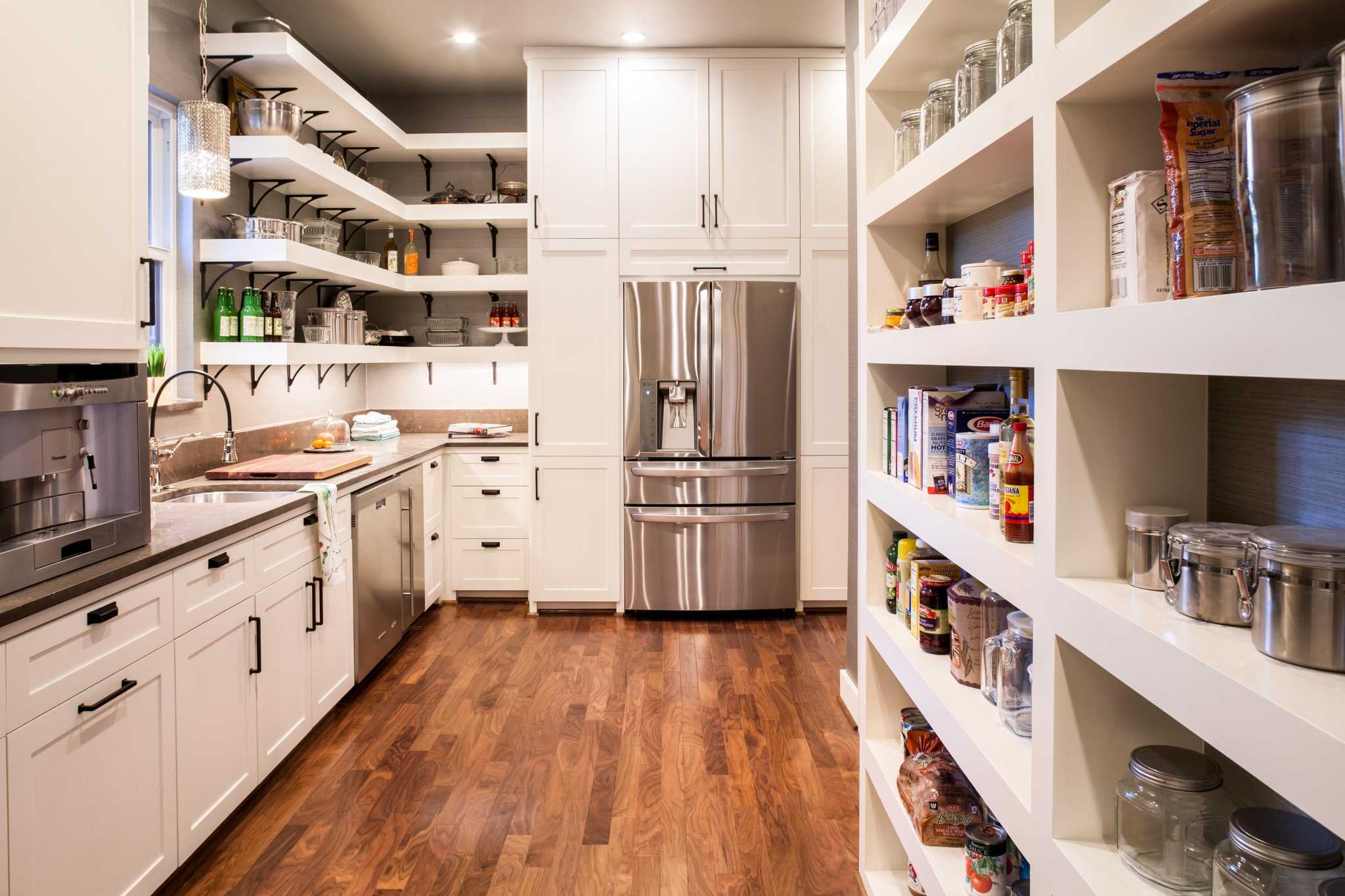

Kitchen Storage
This Kitchen’s Two Pantries Is A Blueprint You’ll Want To Copy
Modified: October 28, 2024
Discover the perfect kitchen storage solution with this blueprint featuring two pantries. Get inspired by these creative kitchen storage ideas for your own space.
(Many of the links in this article redirect to a specific reviewed product. Your purchase of these products through affiliate links helps to generate commission for Storables.com, at no extra cost. Learn more)
Introduction
Welcome to the world of kitchen storage ideas! In this article, we will explore the wonderful realm of organizing your kitchen pantry. Whether you have a spacious walk-in pantry or a compact reach-in pantry, we have got you covered with creative and practical solutions to transform your storage space into a well-organized and functional area.
Having an organized pantry is essential for a smooth and efficient cooking experience. It not only saves time and effort but also allows you to maximize your kitchen’s storage capacity. With the right ideas and strategies, you can create a pantry that not only keeps your ingredients and supplies neatly arranged but also adds charm and style to your kitchen.
When it comes to pantry organization, there are two main types to consider: walk-in pantries and reach-in pantries. Walk-in pantries offer ample space for storage and provide a great opportunity to implement various storage solutions. On the other hand, reach-in pantries are compact and require smart planning to maximize the available space. Regardless of the size and type of your pantry, we will provide you with expert tips and ideas to make the most out of your storage area.
Whether you are renovating your existing kitchen or designing a new one, it’s essential to consider the layout and design of your pantry. From adjustable shelves and pull-out drawers to dedicated storage compartments, we will explore different design options that can help you create a customized storage solution for your pantry.
Once you have chosen the right pantry design, the next step is to arrange and organize your items in a way that optimizes accessibility and efficiency. We will guide you through the process of categorizing your items, selecting appropriate storage containers, and arranging them in a logical and functional manner. From storing dry goods to organizing canned goods and spices, we will cover it all.
Having an organized pantry is not a one-time task; it requires regular maintenance to ensure that everything stays in order. We will provide you with practical tips on how to keep your pantry organized and clutter-free, including strategies for inventory management and proper labeling.
Key Takeaways:
- Transform your pantry into a well-organized and efficient space with creative storage solutions, personalized design, and practical maintenance tips. Enjoy the benefits of a streamlined and visually appealing kitchen pantry.
- Achieve a well-organized pantry on a budget with clever repurposing, DIY solutions, and strategic organization. Maximize efficiency, minimize food waste, and elevate your cooking experience with cost-effective pantry organization ideas.
The Importance of Pantry Organization
Pantry organization is not just about tidiness and aesthetics; it plays a crucial role in the functionality and efficiency of your kitchen. A well-organized pantry can save you valuable time and money by allowing you to easily find and access your ingredients and supplies. Let’s take a closer look at the importance of pantry organization:
- Reduced Food Waste: When your pantry is unorganized, it’s easy for items to get lost or forgotten at the back of the shelves. This often leads to food spoilage and unnecessary waste. By organizing your pantry, you can keep track of what you have, ensure proper rotation of perishable items, and reduce the chances of food going to waste.
- Efficient Meal Planning: An organized pantry makes meal planning and preparation a breeze. With all your ingredients clearly visible and easily accessible, you can quickly check your inventory and create a shopping list based on what you need. This saves you time and ensures that you have everything you need to whip up delicious meals without last-minute trips to the grocery store.
- Maximized Storage Capacity: Pantry organization allows you to make the most of the available storage space. By using storage containers, bins, and racks, you can stack items vertically and utilize every inch of your pantry shelves. This not only increases the storage capacity but also helps keep your pantry clutter-free, giving you a clear view of what you have at a glance.
- Improved Accessibility: A well-organized pantry ensures that everything has its designated place, making it easier to find and access items when you need them. This eliminates the frustration of rummaging through a disorganized pantry and saves you precious time during meal preparation. Imagine how much smoother your cooking process will be when you can easily find that specific spice or ingredient without any hassle!
- Enhanced Kitchen Efficiency: An organized pantry contributes to an overall efficient kitchen. By streamlining your storage system, you can create a logical flow in your cooking process. When everything is in its proper place, you can quickly grab the items you need and focus on creating delicious meals without unnecessary distractions or delays.
- Aesthetic Appeal: Let’s not forget the visual impact of a well-organized pantry. A tidy and clutter-free space creates a sense of calm and order in your kitchen. With labeled containers, uniform storage bins, and neatly arranged shelves, your pantry will not only be functional but also visually pleasing, adding a touch of style to your kitchen décor.
As you can see, pantry organization goes beyond just having a neat space. It has numerous practical benefits, from reducing food waste to improving kitchen efficiency. So, don’t underestimate the power of a well-organized pantry. Invest some time and effort in implementing smart storage solutions and enjoy the many advantages it brings to your kitchen and your overall cooking experience.
Kitchen Pantry Design Tips
Designing your kitchen pantry involves more than just choosing storage containers and shelves. It’s about creating a space that is functional, visually appealing, and tailored to your specific needs. Here are some essential design tips to help you create a well-planned and efficient pantry:
- Assess Your Space: Start by evaluating the available space for your pantry. Consider the dimensions, layout, and location within your kitchen. This will help you determine whether you have enough room for a walk-in pantry or if a reach-in pantry is more suitable. Understanding your space will guide you in making design decisions.
- Plan the Layout: When planning the layout of your pantry, think strategically about the placement of shelves, drawers, and other storage solutions. Consider the height and depth of your shelves to accommodate different-sized items. You may also want to incorporate pull-out drawers for easy access to items at the back of the pantry.
- Utilize Vertical Space: Make the most of your pantry’s height by using tall shelves or installing adjustable shelves that can be raised or lowered as needed. This allows you to maximize storage capacity and accommodate items of various sizes.
- Consider Lighting: Adequate lighting is essential in a pantry to help you see and locate items easily. If your pantry doesn’t have a natural light source, consider installing LED lights or motion sensor lights to illuminate the shelves and corners.
- Incorporate Storage Containers: Invest in airtight storage containers to keep your dry goods and ingredients fresh and organized. Clear containers allow you to see the contents at a glance and prevent pantry pests. Labeling the containers adds an additional level of organization and makes it easier to find what you need.
- Add a Spice Rack: A dedicated spice rack can save valuable space and keep your spices easily accessible. Consider installing a built-in spice rack on the pantry door or a pull-out spice organizer within the pantry itself.
- Include a Beverage Station: If you have the space, consider incorporating a small beverage station within your pantry. This can include a mini-fridge, coffee maker, and storage for coffee or tea supplies. Having a designated area for beverages keeps your kitchen countertops clutter-free.
- Opt for Sliding Doors: If you have a walk-in pantry, consider installing sliding doors rather than conventional swing doors. Sliding doors take up less space and allow for easier access, especially in tight areas.
- Customize Storage Solutions: Tailor your pantry storage to your specific needs. Depending on what you use most frequently, allocate space for commonly used items and adjust shelf heights accordingly. For example, designate a section for snacks or breakfast items that are easily accessible for quick grab-and-go.
- Personalize with Style: Lastly, don’t forget to add your personal touch to your pantry design. Consider painting the walls or shelves in a color that complements your kitchen’s aesthetic. Add decorative touches such as wall decals, chalkboard labels, or fresh flowers to make your pantry feel inviting and visually appealing.
By keeping these design tips in mind, you can create a well-organized and visually pleasing kitchen pantry that meets your storage needs while adding style and functionality to your kitchen space. Remember, a well-designed pantry is the foundation for efficient meal preparation and a clutter-free kitchen.
Utilizing Space: A Walk-in Pantry
A walk-in pantry is a dream come true for many homeowners. With its generous size and ample storage capacity, a walk-in pantry provides endless possibilities for organizing your kitchen essentials. Here are some tips on how to optimize the space in your walk-in pantry:
- Shelving Solutions: Install adjustable shelves to make the most of your walk-in pantry. This allows you to customize the height of each shelf to accommodate items of various sizes. Consider installing deeper shelves in the lower portion of the pantry to store larger appliances and bulkier items.
- Maximize Vertical Space: Utilize the height of your walk-in pantry by installing floor-to-ceiling shelving. By going vertical, you can effectively double your storage capacity and prevent wasted space. Make use of step stools or rolling ladders for easy access to higher shelves.
- Group Similar Items: Categorize your pantry items and group them together. For example, dedicate a specific shelf or section for baking supplies, another for canned goods, and one for snacks. This makes it easier to locate items and maintain an organized pantry.
- Consider Pull-out Drawers: Incorporating pull-out drawers in your walk-in pantry is a game-changer. They allow you to access items at the back of the pantry without having to reach or rummage through everything in front. Pull-out drawers also provide additional visibility and organization.
- Add a Center Island: If you have sufficient space, consider adding a center island in your walk-in pantry. This not only provides extra countertop space for meal preparation but also offers additional storage in the form of drawers and cabinets. You can use the island to store frequently used kitchen tools or even as a display area for cookbooks or decorative items.
- Utilize Door Space: The back of the walk-in pantry door is often an overlooked storage opportunity. Install hooks or over-the-door organizers to store items like aprons, oven mitts, or even small kitchen gadgets. You can also attach a chalkboard or whiteboard to the door for jotting down grocery lists or meal plans.
- Label Everything: Proper labeling is crucial in a walk-in pantry to ensure that every item has its designated place. Use adhesive labels, chalkboard labels, or a label maker to clearly mark the contents of storage containers, shelves, and drawers. This not only helps maintain organization but also makes it easier for others in the household to find what they need.
- Utilize Lighting: Good lighting is essential in a walk-in pantry, especially if it doesn’t have natural light. Install overhead or under-cabinet lighting to illuminate the space and make it easier to see and identify items on the shelves. Consider LED lights for energy efficiency and longevity.
- Keep a Step Stool Handy: Since walk-in pantries typically have high shelves, it’s a good idea to have a step stool or a sturdy ladder within reach. This ensures that you can safely access items stored on higher shelves without straining yourself.
With a well-designed and organized walk-in pantry, you’ll have plenty of space to store and access your kitchen essentials. Remember to regularly declutter and clean your pantry to maintain its functionality and efficiency. Enjoy the luxury of a spacious pantry that makes your kitchen organization a breeze!
Customizing Storage Solutions: A Reach-in Pantry
A reach-in pantry may have limited space, but with thoughtful planning and clever storage solutions, you can create an efficient and organized storage area. Here are some tips for customizing the storage in your reach-in pantry:
- Adjustable Shelves: Install adjustable shelves in your reach-in pantry to maximize the use of space. This allows you to customize the height of each shelf to accommodate different-sized items. Consider adding an extra shelf closer to the top for additional storage.
- Use Door Racks: The back of the pantry door is prime storage real estate in a reach-in pantry. Install door racks or over-the-door organizers to store small items, such as spices, condiments, or food wraps. This utilizes the vertical space and keeps items easily accessible.
- Pull-out Baskets: Utilize the depth of your reach-in pantry by installing pull-out baskets or wire baskets. These can be handy for storing fruits, vegetables, or smaller pantry items. Pull-out baskets allow you to access items at the back of the pantry without having to remove everything in front.
- Clear Storage Containers: Use clear, stackable storage containers to store dry goods and ingredients in your reach-in pantry. Clear containers make it easy to see the contents at a glance and prevent items from getting lost in the back of the shelves. Opt for square or rectangular containers to maximize shelf space.
- Utilize Under-shelf Storage: Make the most of vertical space by utilizing under-shelf storage options. These can be in the form of under-shelf baskets or bins that can hold smaller items like packets, utensils, or smaller spice jars. This keeps items organized while maximizing storage capacity.
- Use Lazy Susans: Lazy Susans are a fantastic option for storing bottles, cans, and jars in a reach-in pantry. They allow for easy access and visibility, as you can simply spin the tray to find what you need. Lazy Susans are especially useful for corner shelves where items can be easily overlooked.
- Dividers and Drawer Inserts: Incorporate dividers and drawer inserts in your reach-in pantry to create designated spaces for different items. This helps keep things organized and prevents items from shifting or falling over when the pantry door is opened. Dividers can be used for baking sheets, cutting boards, or even for separating different categories of canned goods.
- Maximize Height: Make use of the height of your reach-in pantry by installing additional wire or adjustable shelves. This creates extra storage space for items like cereal boxes, canned goods, or small appliances. Consider using shelf risers to double the usable space on each shelf.
- Utilize the Floor Space: Don’t forget about the floor space in your reach-in pantry. Place larger items, such as bulkier kitchen appliances or storage bins, on the floor to free up shelf space. Just make sure to keep the floor area clean and avoid clutter.
- Label Everything: Labeling is essential in a reach-in pantry to ensure that you can quickly find what you need. Use adhesive labels or a label maker to clearly mark the contents of storage containers, shelves, and baskets. This saves time and helps maintain an organized pantry.
By customizing the storage solutions in your reach-in pantry, you can make the most of the available space and keep everything neatly organized. Remember to declutter periodically and assess your pantry’s organization to ensure that it continues to meet your needs. With a well-designed and customized reach-in pantry, you can maintain a streamlined and efficient kitchen!
Consider organizing your pantry items by category (e.g. canned goods, grains, snacks) to make it easier to find what you need. Use clear containers for items like flour and sugar to keep them fresh and visible.
Read more: Why Is Blueprint Called Blueprint
Maximizing Efficiency: How to Arrange Your Pantries
Arranging your pantry in an efficient and logical manner is key to maintaining an organized and functional space. Here are some tips on how to arrange your pantries to maximize efficiency:
- Categorize Items: Start by grouping similar items together. Categorize your pantry items into groups like baking supplies, canned goods, snacks, spices, and so on. This allows you to quickly locate specific items and prevents duplication.
- Place Frequently Used Items Within Reach: Keep frequently used items, such as everyday spices or commonly used ingredients, within easy reach. Place them on the middle shelves or eye-level so that you can grab them quickly during meal preparation.
- Follow the First-In-First-Out Rule: When organizing your pantry, practice the first-in-first-out (FIFO) rule for perishable items. Arrange items in a way that ensures older products are used first. This helps reduce food waste and ensures that nothing sits forgotten and expires.
- Use Clear Containers: Store dry goods and staples in clear, airtight containers. This not only keeps them fresh but also allows you to see the contents at a glance. Label the containers for easy identification and to maintain an organized pantry.
- Consider Shelf Risers and Organizers: Make use of shelf risers and organizers to maximize vertical space and create additional storage levels. Shelf risers allow you to double the usable space on each shelf, while stackable organizers help keep smaller items organized and accessible.
- Utilize the Door Space: The back of the pantry door is often an underutilized space. Install hooks, racks, or organizers on the door to hang small items like measuring spoons, aprons, or oven mitts. This helps free up shelf space and keeps frequently used items within reach.
- Create Zones: Create dedicated zones within your pantry for different categories of items. For example, designate one area for baking supplies, another for breakfast items, and another for snacks. This not only helps with organization but also makes it easier to find what you need quickly.
- Label Everything: Proper labeling is essential for maintaining an organized pantry. Label shelves, drawers, and containers to clearly identify the contents. Use labels or a label maker for a neat and uniform look. This makes it easier to find and return items to their proper place.
- Keep Bulk Items Separate: If you buy items in bulk, keep them separate from your regular pantry items. Designate a specific area or shelf for bulk items to prevent them from overwhelming the rest of the pantry space. Use clear containers or bins to keep these items organized.
- Regularly Declutter and Rotate: Regularly declutter your pantry by checking for expired or unused items. Dispose of anything that is no longer good or donate items that you are unlikely to use. Additionally, rotate your items regularly to ensure that older products are used first.
By following these tips and techniques, you can arrange your pantry in a way that maximizes efficiency and makes it easy to find and access your kitchen essentials. Take the time to organize and maintain your pantry regularly to ensure that it remains an organized and functional space for your cooking and meal preparation needs.
Practical Tips for Maintaining an Organized Pantry
Maintaining an organized pantry requires regular upkeep and maintenance. Here are some practical tips to help you keep your pantry organized and clutter-free:
- Declutter Regularly: Set aside time every few months to declutter your pantry. Remove expired items, donate unused products, and discard anything that is no longer good. Decluttering helps create space and ensures that you are only keeping items that you actually use.
- Implement a Rotation System: To prevent food waste, practice a rotation system in your pantry. When stocking new items, place them behind older ones. This helps ensure that older products are used first, reducing the chances of items expiring or going to waste.
- Wipe Down Shelves and Containers: Regularly clean and wipe down the shelves in your pantry to remove any dust, crumbs, or spills. Similarly, wipe down the exterior of storage containers to keep them clean and free from sticky residue.
- Check Expiration Dates: Make it a habit to regularly check expiration dates on your pantry items. Before organizing your pantry or making a grocery list, go through your items and discard anything that is expired or close to expiration.
- Label and Re-Label: Over time, labels may wear off or become illegible. Regularly inspect the labels in your pantry and re-label containers as needed. This ensures that everything is properly identified, making it easier to find and use items in your pantry.
- Create a Shopping List System: As you run out of items in your pantry, make a note of them on a running shopping list. Keeping a list in a designated area, such as on the inside of your pantry door, ensures that you can quickly reference it when grocery shopping.
- Maintain Zones: Keep the organization of your pantry intact by maintaining designated zones for different categories of items. Return items to their designated zones after use to help maintain order and prevent items from getting misplaced.
- Utilize Transparent Storage Containers: Use transparent storage containers for items like grains, cereals, and snacks. Transparent containers allow you to see the contents at a glance, making it easier to find what you need and restock items as necessary.
- Keep Cleaning Supplies Handy: Store cleaning supplies within reach of your pantry for quick cleanups. A small handheld vacuum, dustpan, or microfiber cloth can come in handy for removing crumbs or spills from your pantry shelves.
- Involve the Family: Get everyone in the household involved in maintaining pantry organization. Teach family members about the organization system and encourage them to put items back in their designated places after use. This shared responsibility helps to keep the pantry organized for everyone’s benefit.
By implementing these practical tips, you can maintain an organized and functional pantry. Regular maintenance and organization will not only save you time and effort, but also ensure that you have a well-stocked and efficient pantry for all your culinary adventures.
Budget-Friendly Pantry Organization Ideas
Organizing your pantry doesn’t have to break the bank. With a little creativity and resourcefulness, you can achieve a well-organized pantry without spending a fortune. Here are some budget-friendly pantry organization ideas:
- Reuse and Repurpose: Look around your home for items that can be repurposed for pantry organization. Empty glass jars can be used to store bulk items like rice or pasta. Shoeboxes can be covered or wrapped in decorative paper to create affordable storage containers.
- Invest in Clear Containers: Clear, airtight containers are a great investment for pantry organization. Not only do they keep your items fresh and protected, but they also give your pantry a clean and organized look. Look for budget-friendly options at discount stores, dollar stores, or during sales.
- DIY Labeling: Create your own labels using materials you already have at home. Get crafty and make labels using colored paper, adhesive contact paper, or even repurposed gift tags. Handwritten or printed labels can be attached to containers using twine, string, or removable adhesive tape.
- Utilize Tension Rods: Tension rods are an inexpensive and versatile tool for organizing your pantry. Use them to create additional storage space by placing them vertically between shelves. This allows you to stack cutting boards, baking sheets, or trays vertically, maximizing the use of space.
- Use Magazine Holders for Canned Goods: Repurpose sturdy magazine holders as handy organizers for canned goods. Simply place them on a shelf and stack cans horizontally so that you can easily see and access each can. This helps prevent cans from rolling around and keeps them neatly arranged.
- DIY Spice Racks: Create your own spice rack by repurposing a wooden or metal tray. Attach small containers, such as baby food jars or small jars with magnets on the lids, to the tray using adhesive or small screws. Hang the tray on the wall or inside a cupboard door for a cost-effective and space-saving spice storage solution.
- Repurpose Shower Caddies: Take advantage of shower caddies, which can be found at affordable prices, as versatile storage solutions in your pantry. Hang them on the inside of your pantry door to store small items like spice jars, condiments, or snack-sized bags.
- Utilize Tins and Baskets: Look for affordable tins and baskets at thrift stores or discount stores to hold smaller items in your pantry. Tins can be used for storing tea bags or small baking supplies, while baskets are great for corralling snacks or organizing loose items.
- Repurpose Utensil Organizers: Utensil organizers aren’t just for silverware. Use them in your pantry to hold small snacks, individual spice jars, or packets of seasoning mixes. These organizers often have dividers that can be adjusted to accommodate different-sized items.
- Create a Menu Board: Hang a small chalkboard or dry erase board in your pantry to keep track of meal ideas, grocery lists, or items that need restocking. This helps you stay organized and prevents unnecessary trips to the grocery store.
With these budget-friendly pantry organization ideas, you can transform your pantry into an organized and functional space without breaking the bank. Remember, it’s about finding creative solutions and utilizing what you already have to create an organized and efficient pantry that suits your needs and style.
Conclusion
Creating an organized and efficient pantry is a game-changer for your kitchen. It not only saves you time and effort but also enhances the overall cooking and meal preparation experience. Whether you have a walk-in pantry or a reach-in pantry, there are numerous strategies and ideas to help you maximize storage capacity and keep everything neatly arranged.
We began our journey by understanding the importance of pantry organization. From reducing food waste and improving meal planning to maximizing storage capacity and enhancing kitchen efficiency, an organized pantry has countless benefits that positively impact your daily life.
We then explored design tips for both walk-in pantries and reach-in pantries. The key is to customize the storage solutions to your specific needs. Utilizing adjustable shelves, pull-out drawers, and creative use of vertical and door space are fundamental in creating a functional and visually appealing pantry.
To achieve efficiency, arranging your pantry strategically is crucial. Categorize items, keep frequently used items within reach, and implement a first-in-first-out rotation system to prevent food waste. Clear containers, shelf risers, and proper labeling are powerful tools in maintaining an organized and accessible pantry.
Practical tips for pantry maintenance ensure that your pantry never loses its organization. Regular decluttering, wiping down shelves, and checking expiration dates are simple yet effective practices. Involving the family in pantry organization and creating a shopping list system make it a collective effort and promote ongoing organization.
Lastly, we explored budget-friendly ideas to help you achieve a well-organized pantry without breaking the bank. Repurposing items, utilizing tension rods, and DIY labeling are just a few examples of cost-effective solutions that can transform your pantry into a functional and aesthetically pleasing space.
In conclusion, an organized pantry is not only a practical necessity but also a reflection of your commitment to maintaining a well-functioning kitchen. With the tips and ideas provided in this guide, you have the tools to optimize your pantry space and create an organized oasis that enhances your cooking experience. Embrace the challenge, get creative, and enjoy the benefits of a well-organized kitchen pantry.
Frequently Asked Questions about This Kitchen's Two Pantries Is A Blueprint You'll Want To Copy
Was this page helpful?
At Storables.com, we guarantee accurate and reliable information. Our content, validated by Expert Board Contributors, is crafted following stringent Editorial Policies. We're committed to providing you with well-researched, expert-backed insights for all your informational needs.

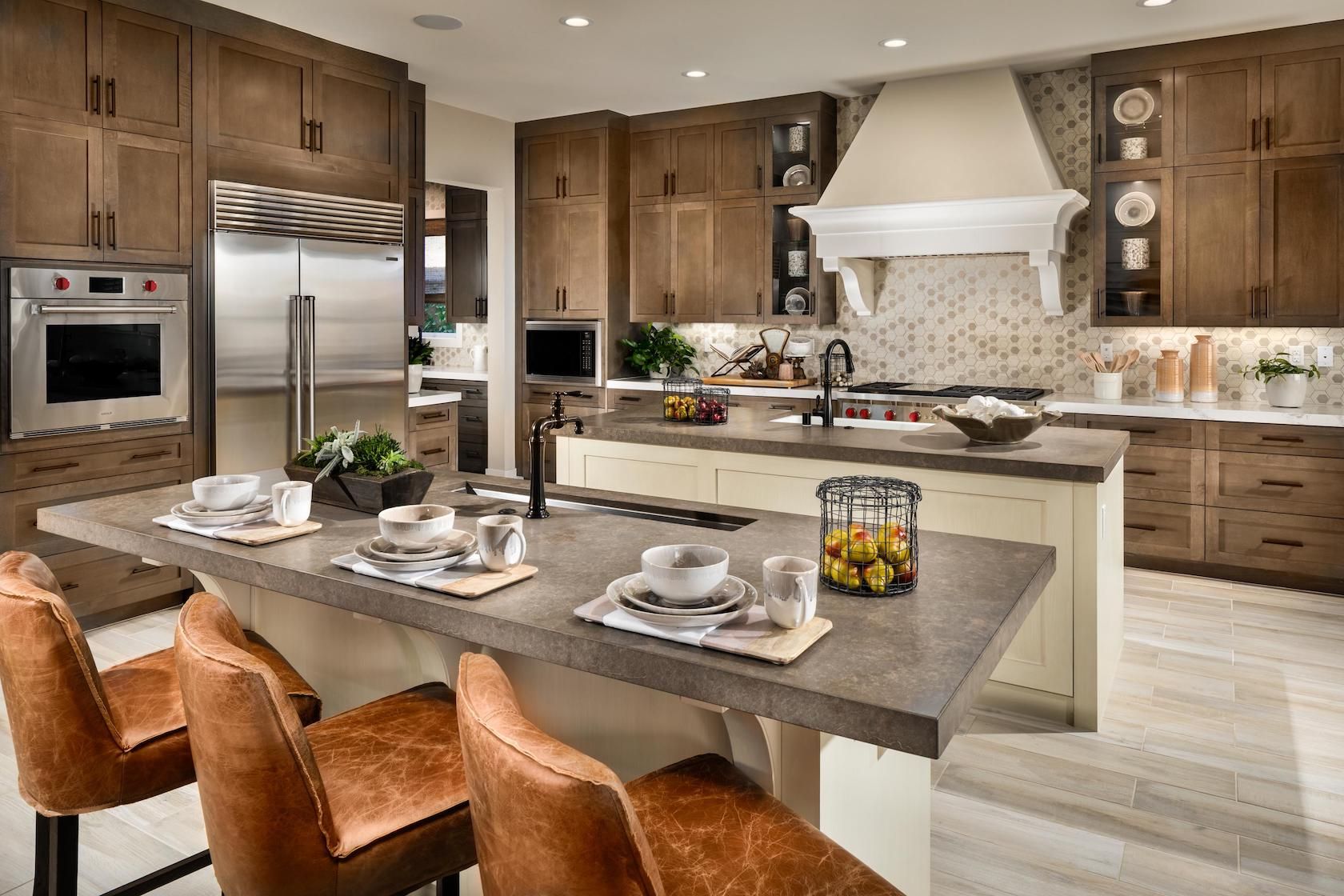
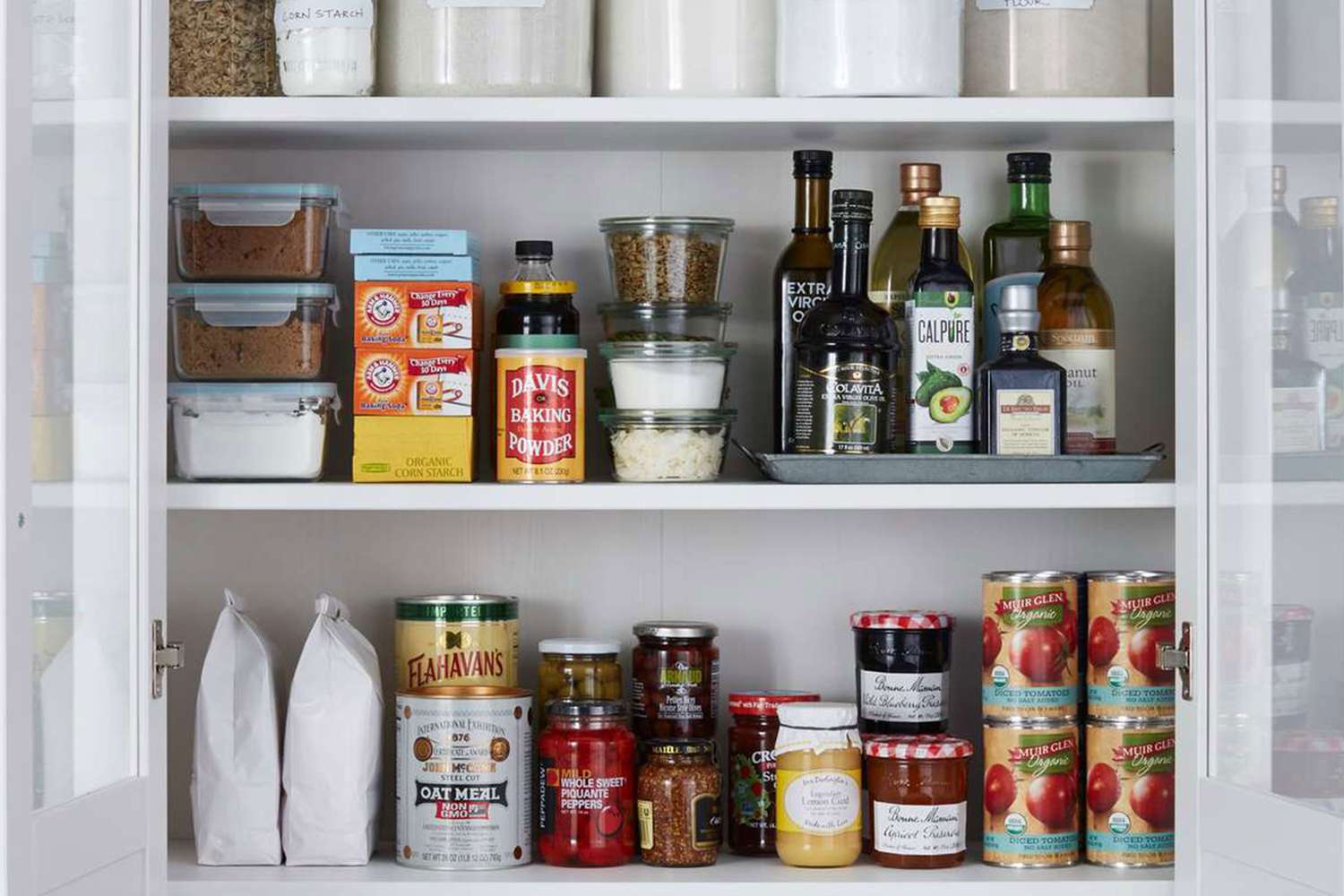
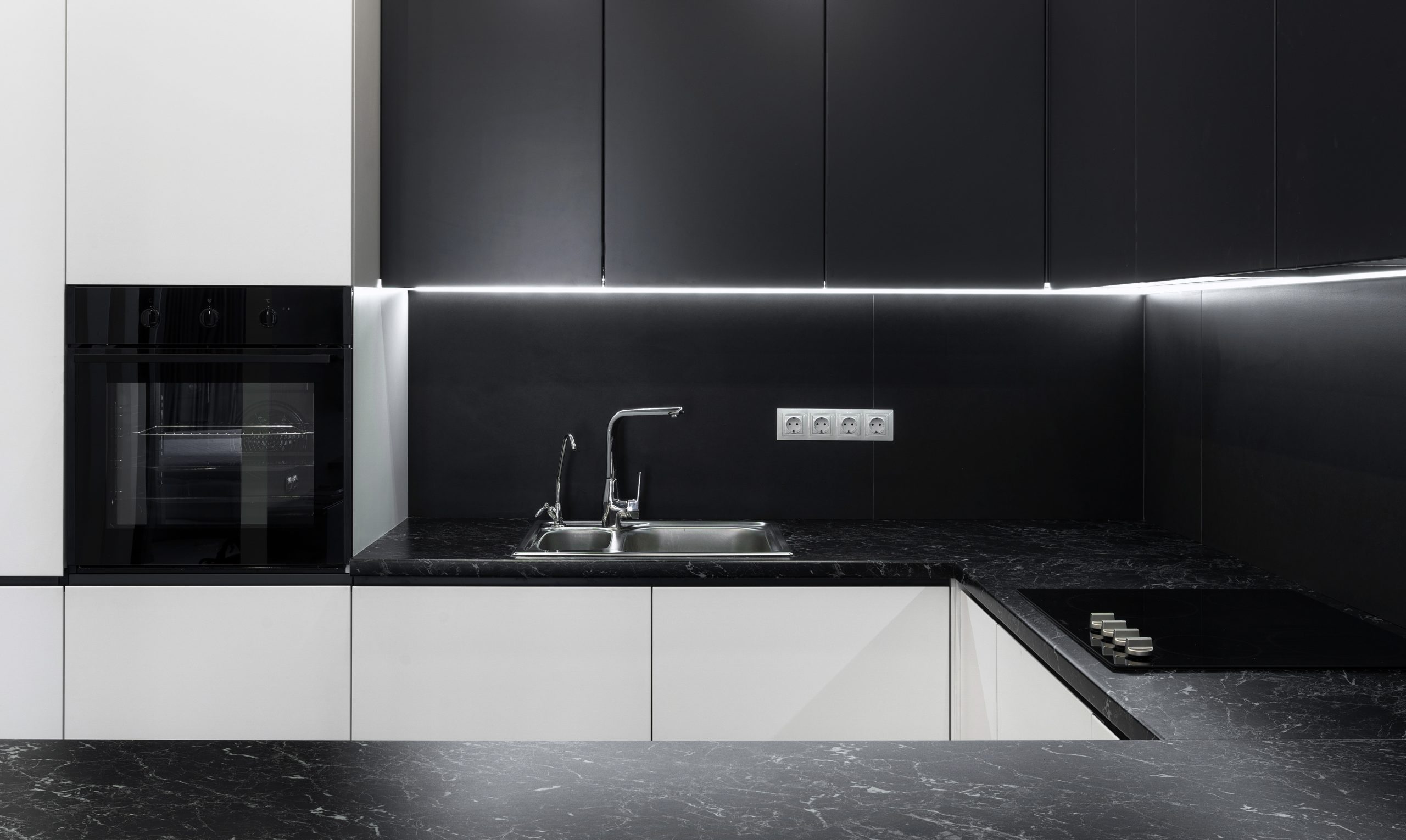
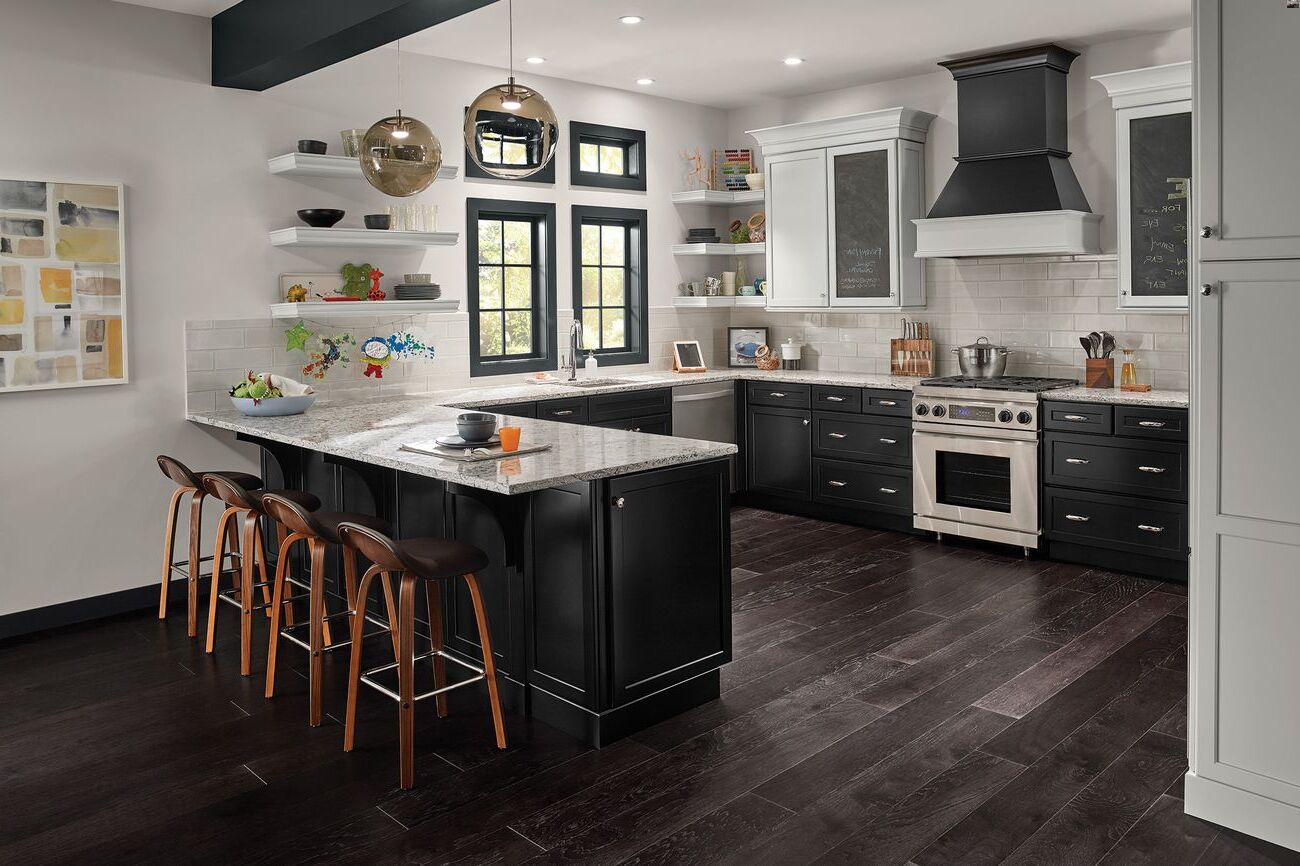
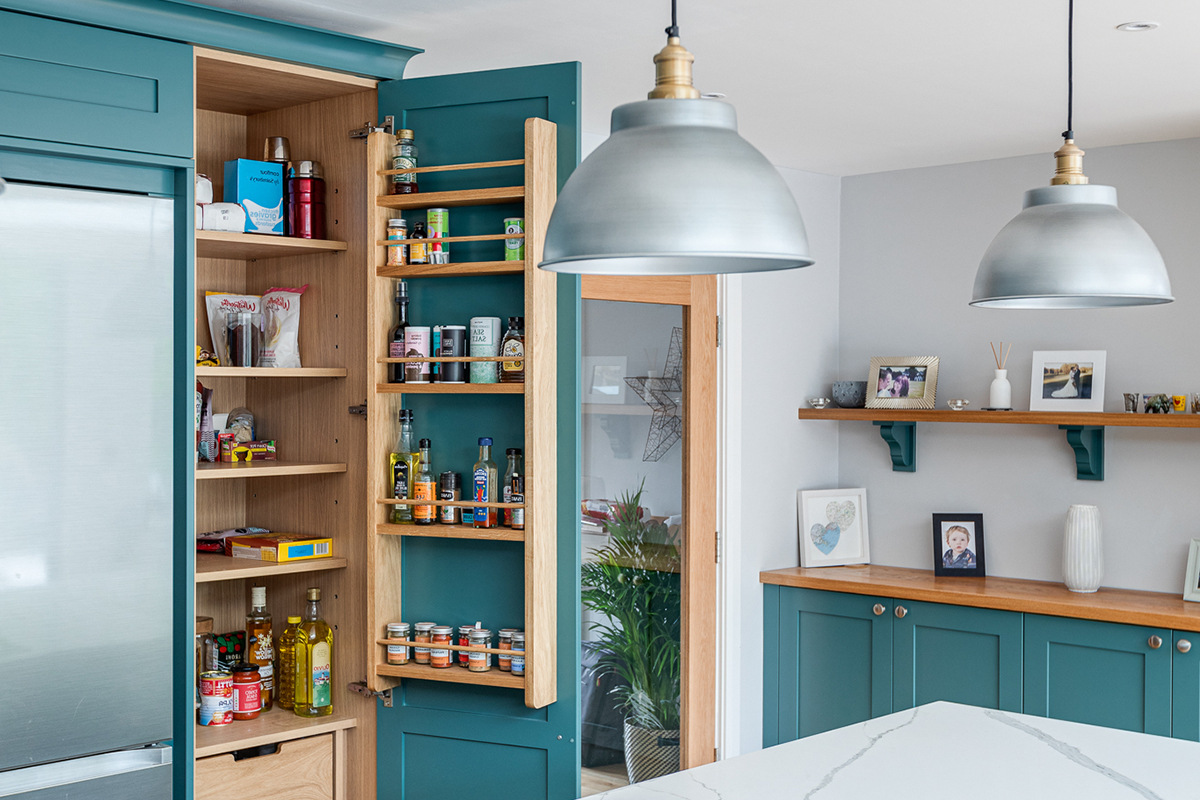
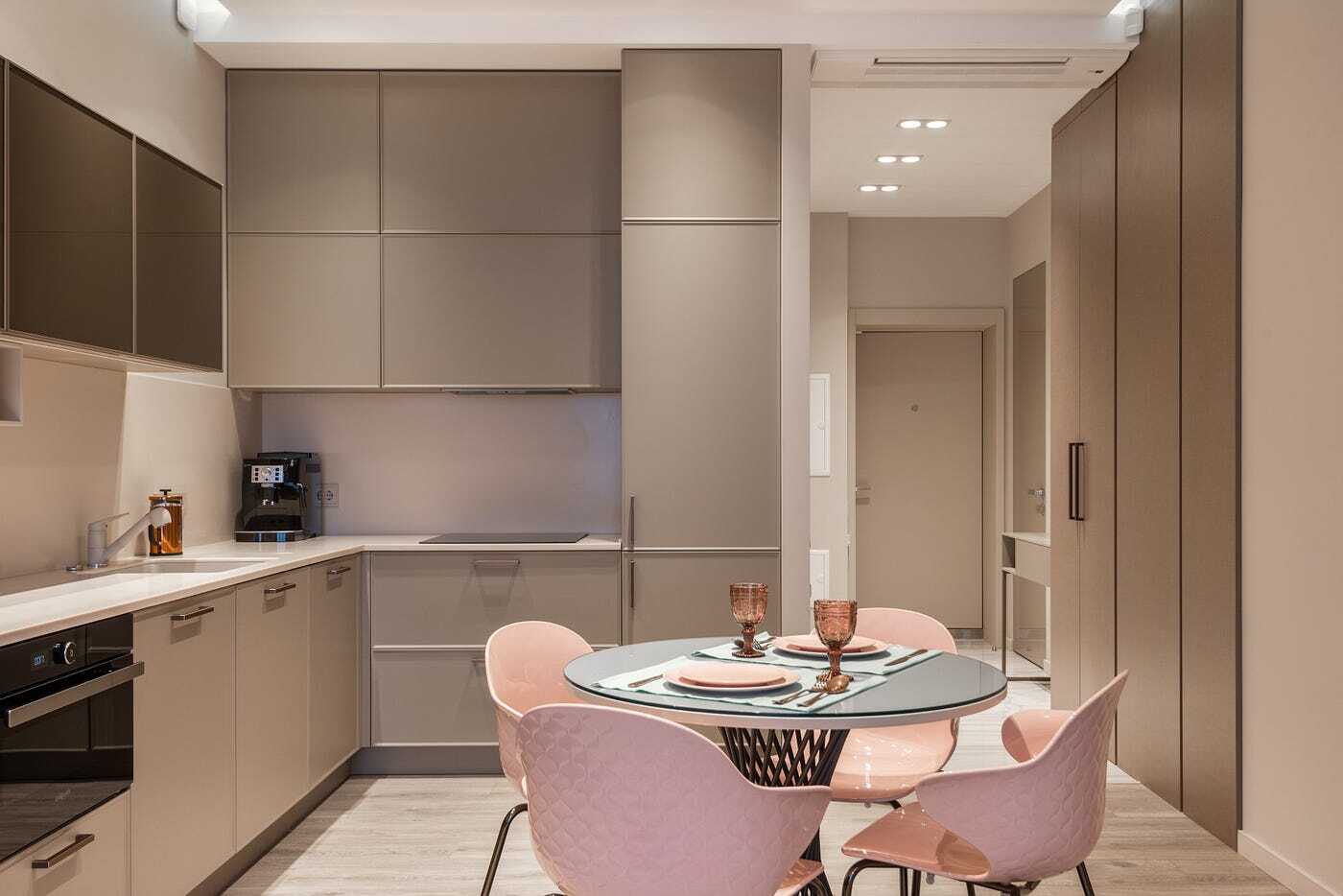
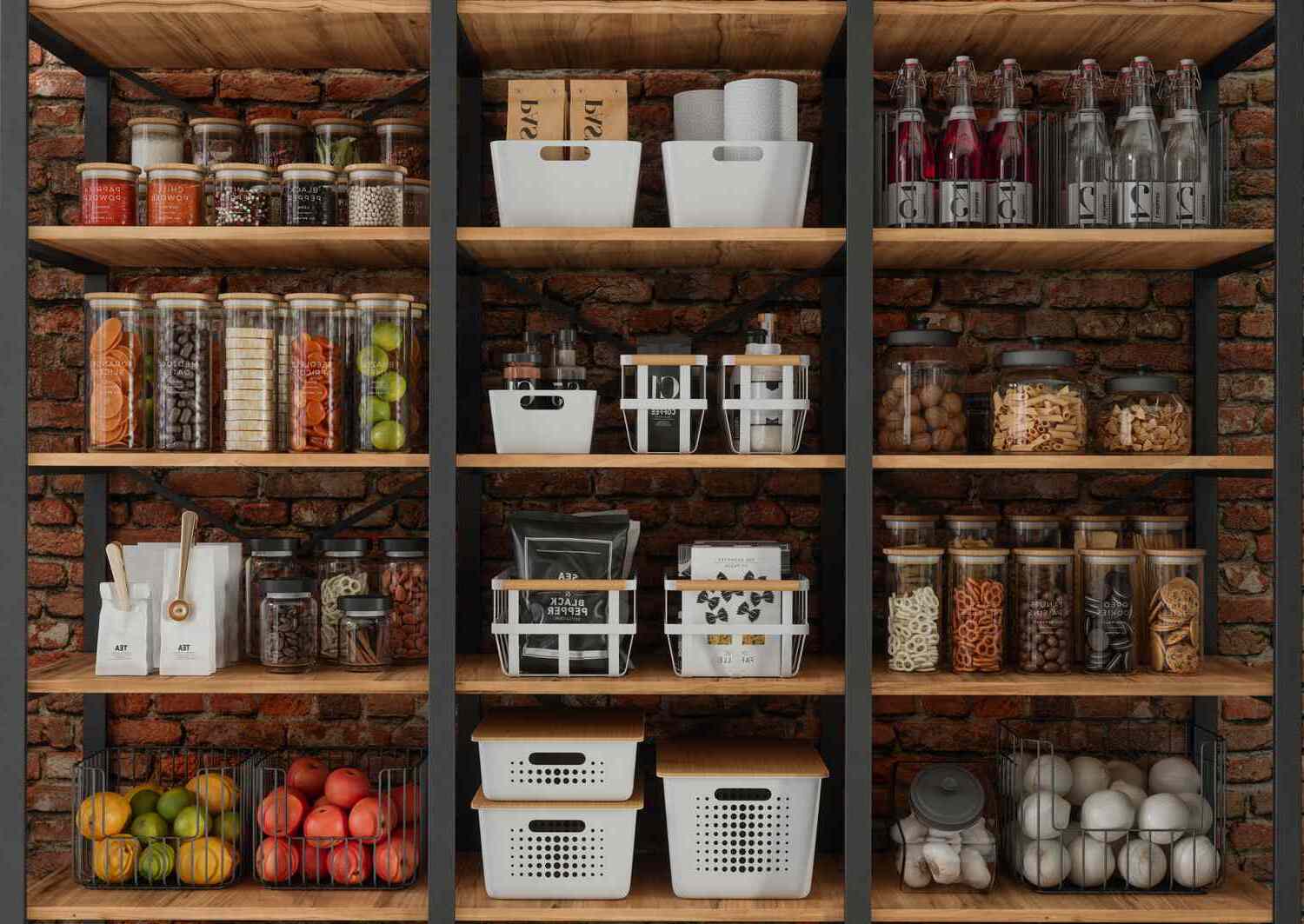

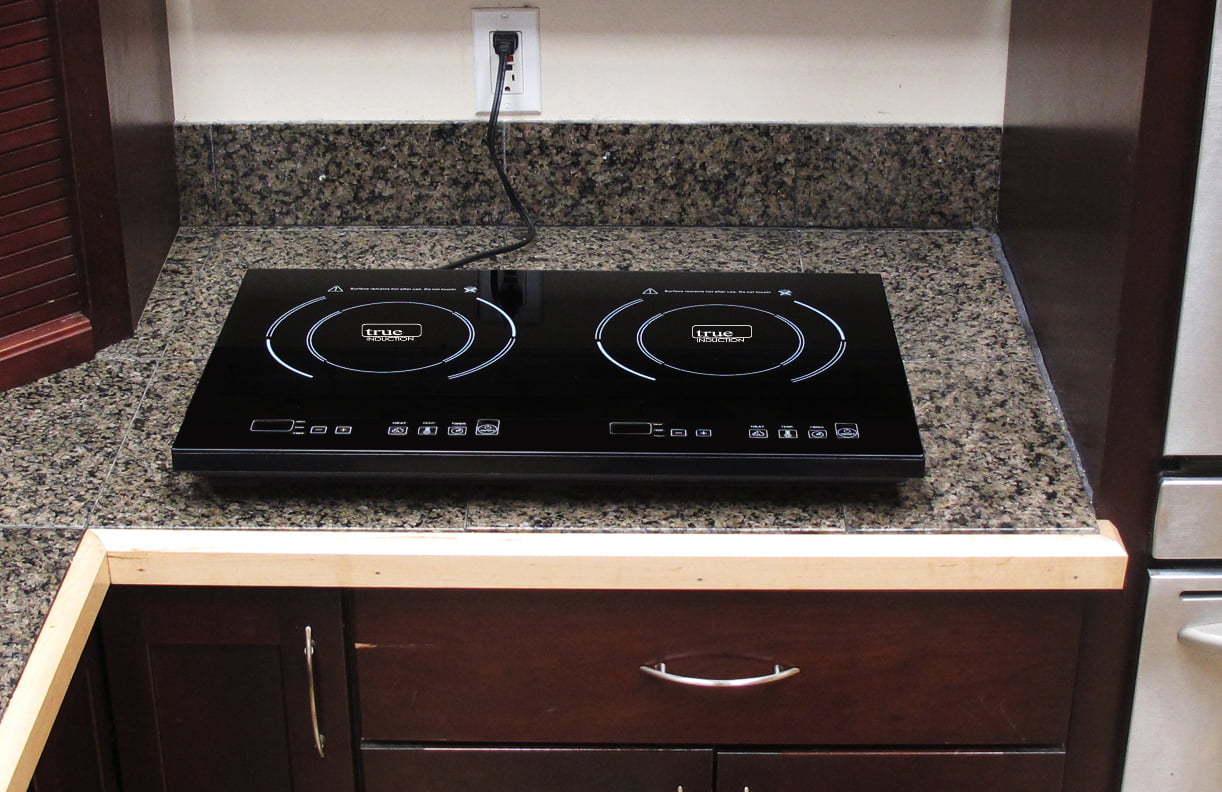
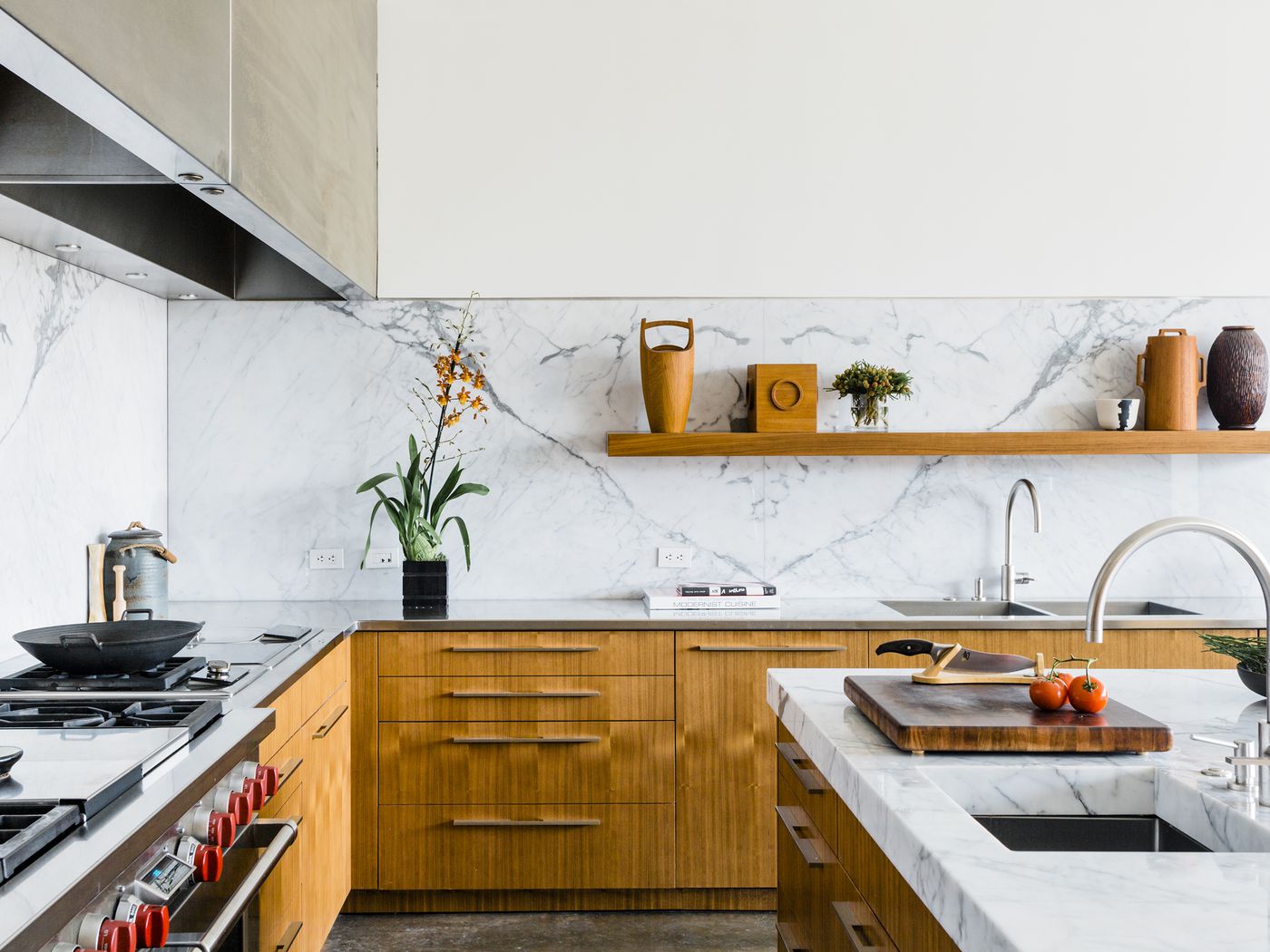
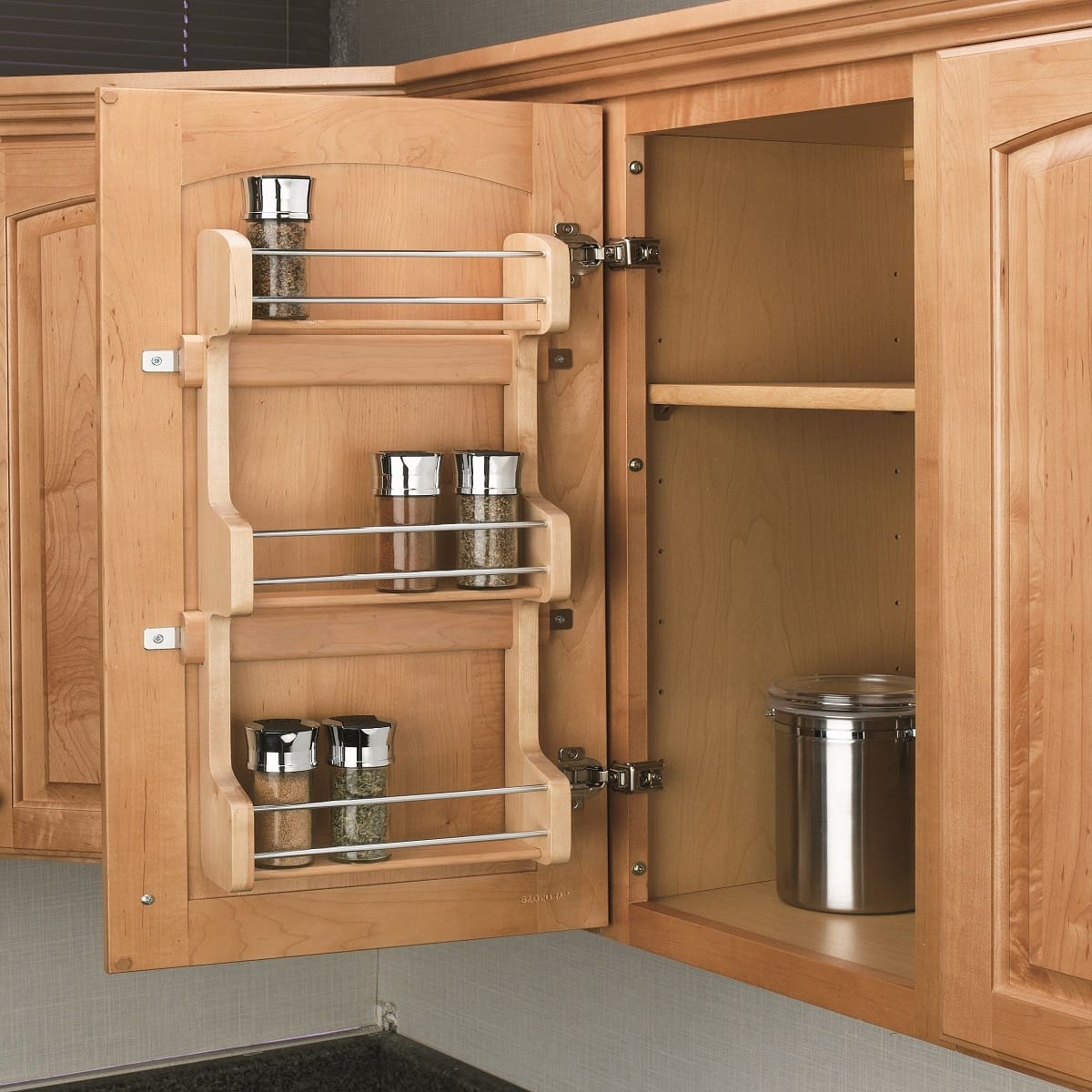
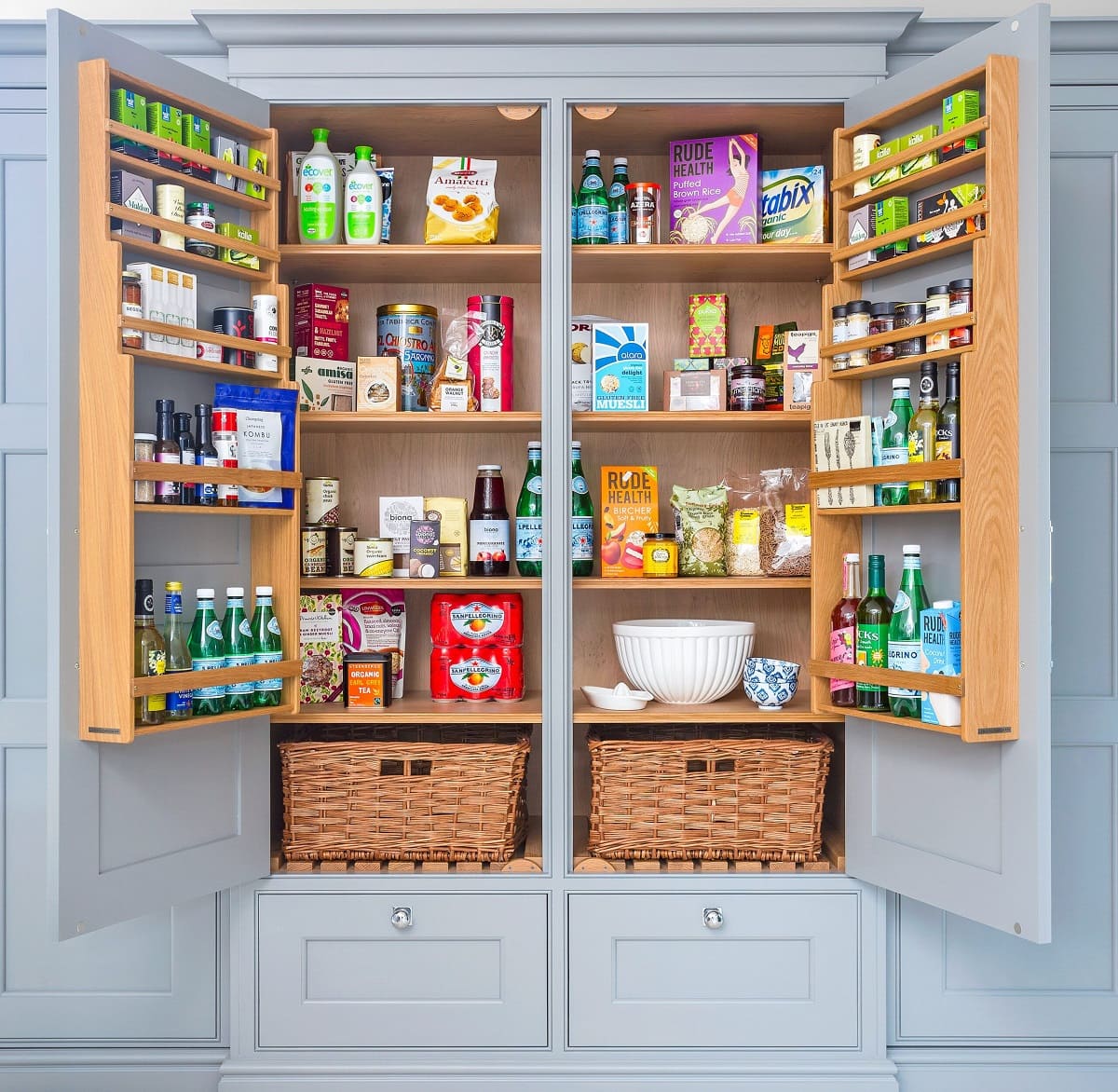
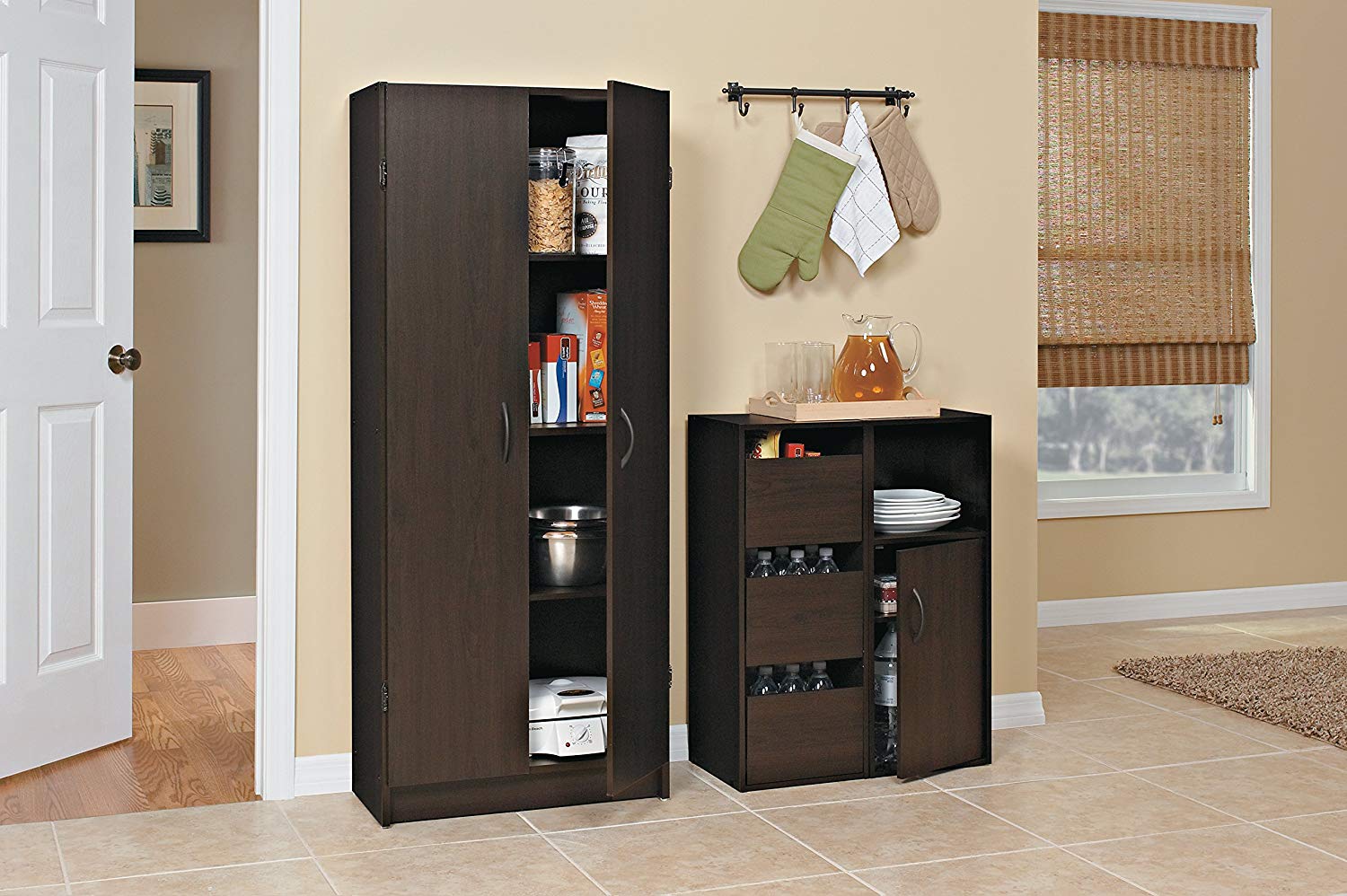

0 thoughts on “This Kitchen’s Two Pantries Is A Blueprint You’ll Want To Copy”